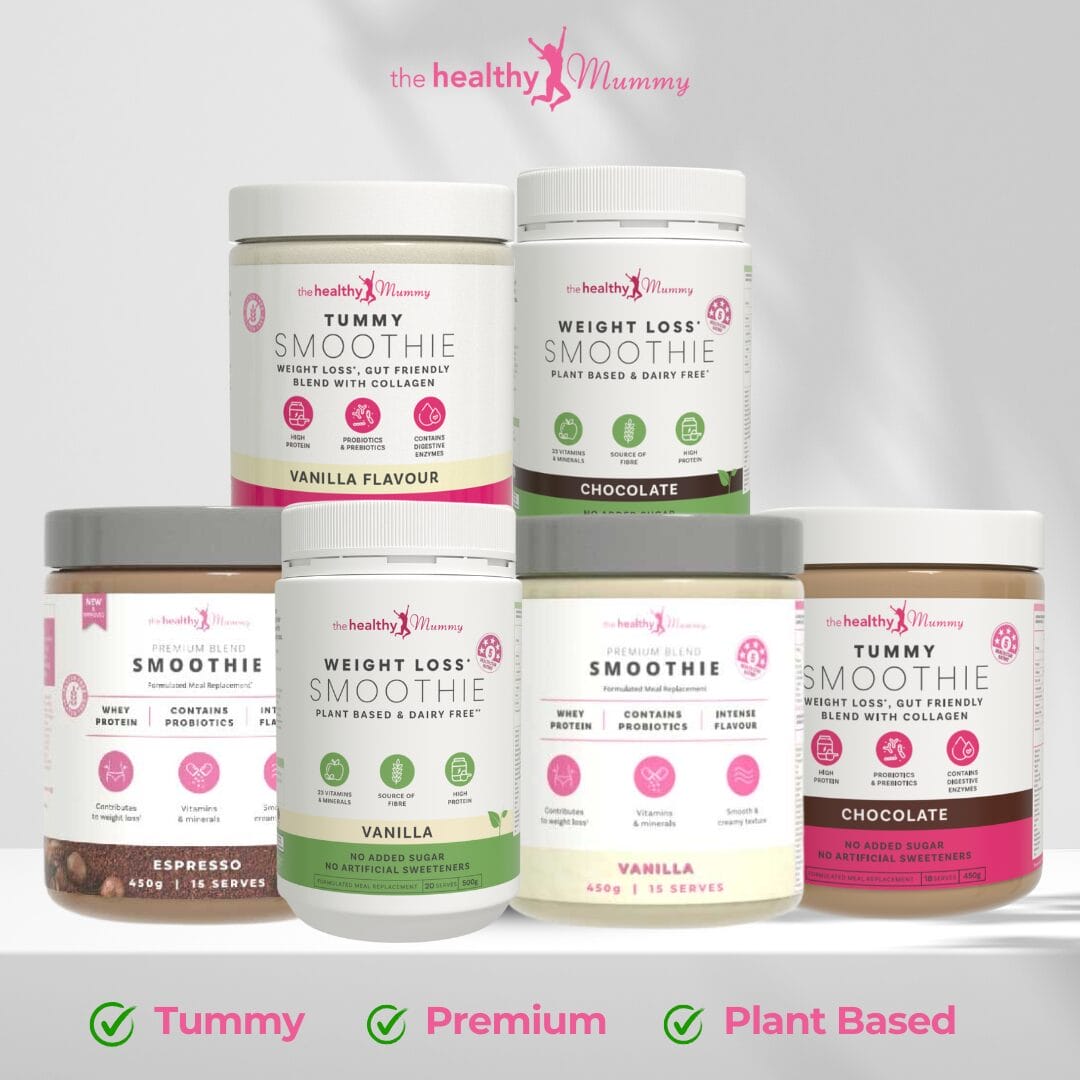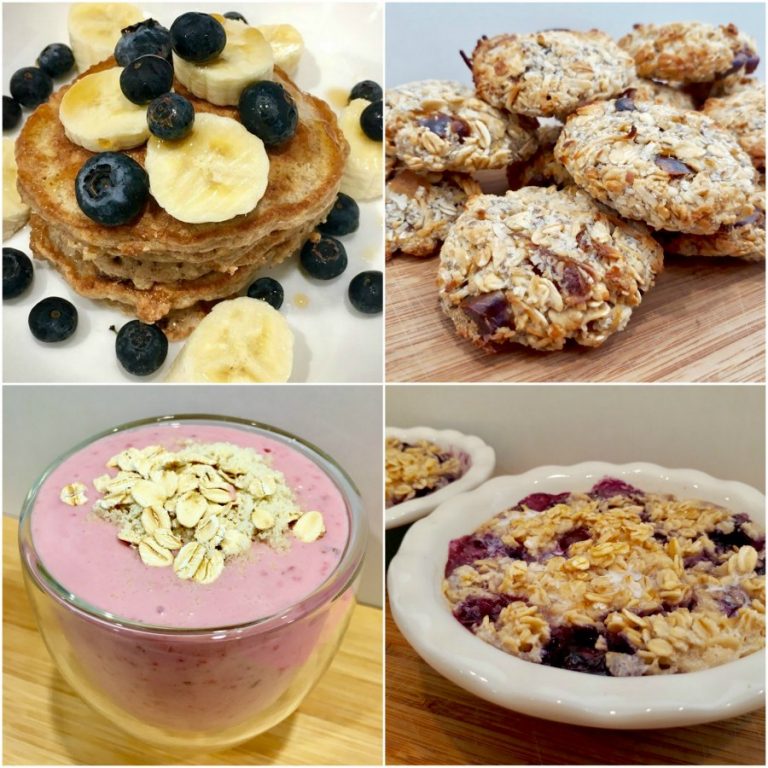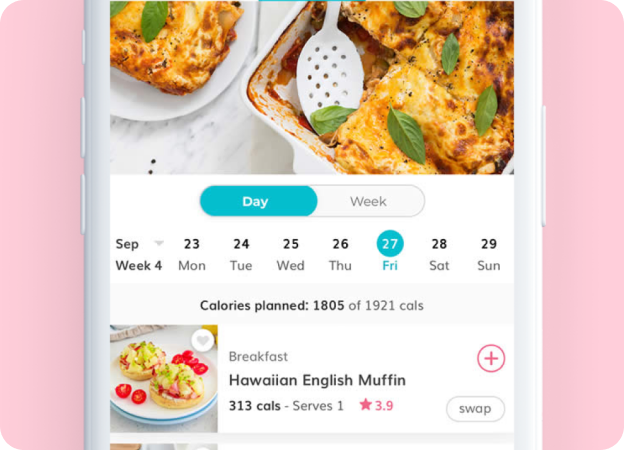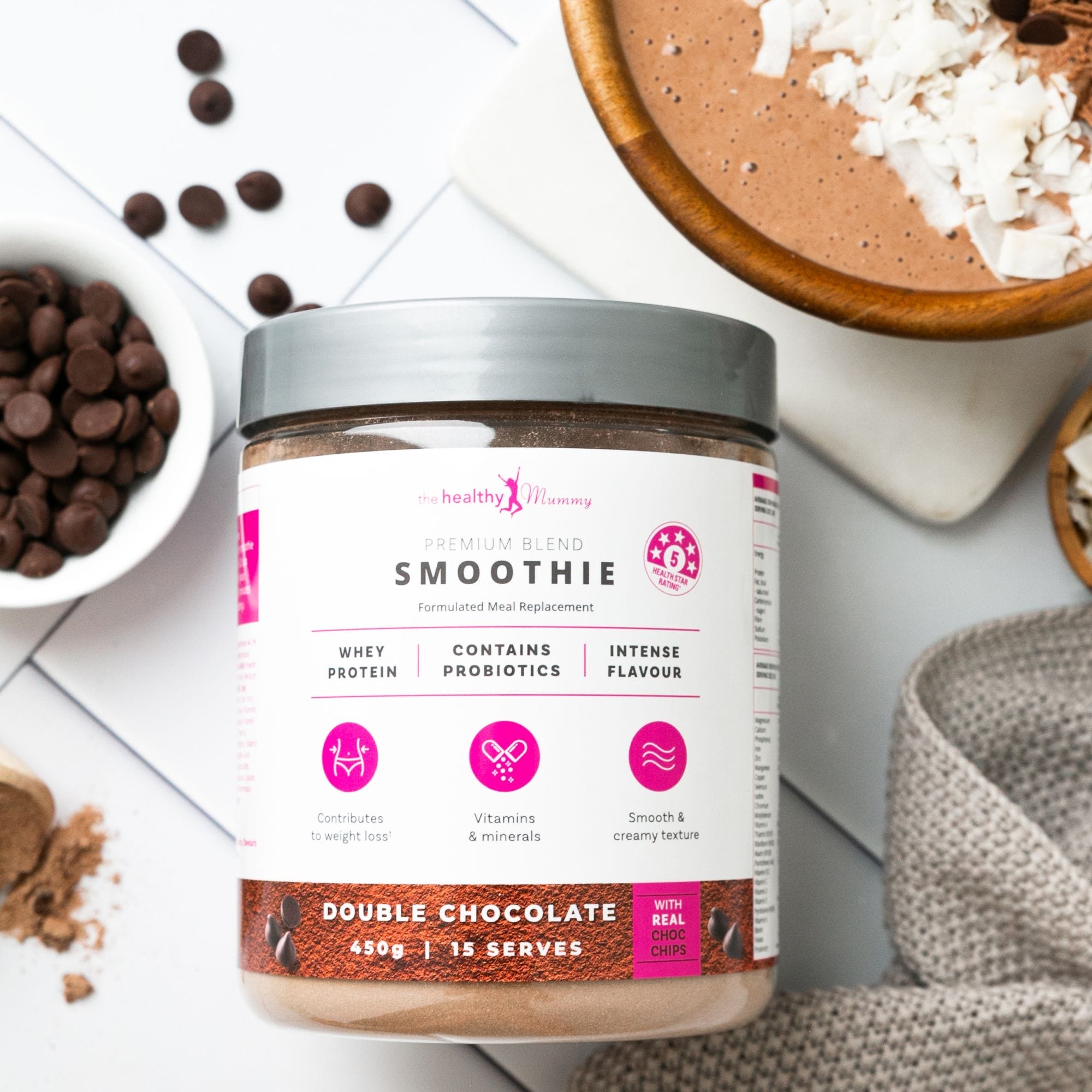Popular lunch food banned from schools, try our Healthy options instead
Besides nut and seafood bans we need to keep in mind when packing lunches due to common allergies, WA schools have also introduced a limit on ham in their school canteens. Parents are understandably confused and frustrated.
The Cancer Council has actually recommended for a few years now that parents avoid ham sandwiches for lunch and limit or avoid processed meats like ham and salami because of their link with the increased risk of bowel and stomach cancer.
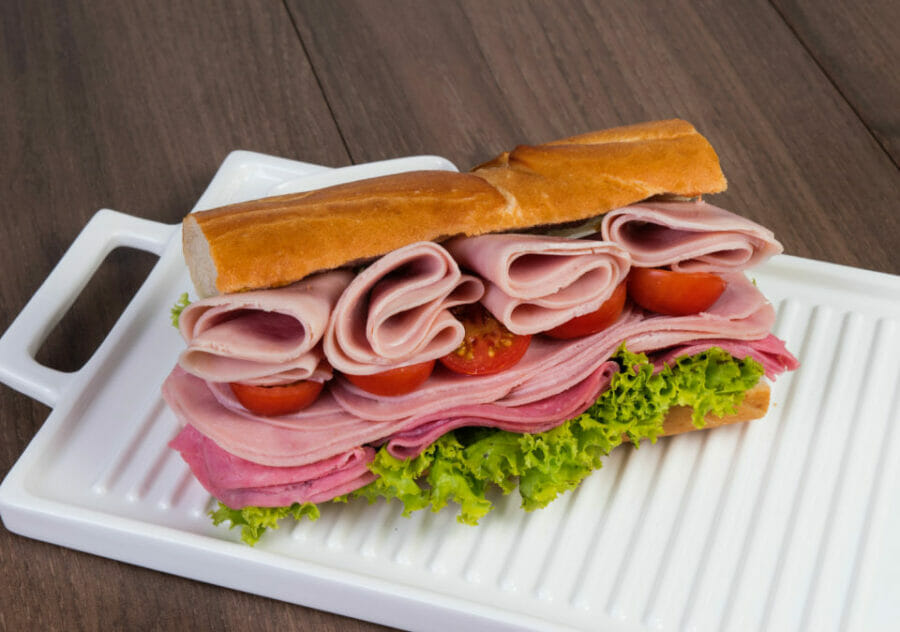
The Australian Meat Industry Council said it was concerned that changes to the school healthy eating traffic-light system “which effectively bans or heavily restricts” ham would limit choices for parents to feed their children as part of a healthy and balanced diet.
The industry insisted that ham, when served with other wholesome ingredients such as cheese and wholemeal bread, could contribute to a balanced diet, providing protein, iron and other micronutrients.
“We don’t need to demonise individual foods, rather, we should focus on overall dietary patterns,” said Oliver Stankovski, AMIC’s general manager of smallgoods. “Ham, when part of a varied diet, need not be entirely restricted. Finding a middle ground that considers both health and practicality is essential.”
Paediatric dietitian Dr Kyla Smith agreed. She said “We’re not serving ham on its own. We’re serving ham alongside other foods like cheese, (on) wholemeal bread. I don’t envy canteen managers at the moment, I think that would be a really hard gig to find that balance.”
Try these 50 Healthy Lunchbox ideas.
Reclassifying processed meats
The WA Department of Health has reconfigured its system for classifying food and drink in public schools. It uses a traffic light approach, allocating green, amber or red colours to foods and drinks.
Ham and other processed red meats have been moved from an “amber” label to a “red” label.
Each colour is associated with restrictions on how food and drinks can be sold:
- green items must account for at least 60% of items on a menu
- amber items must account for less than 40% of items on a menu
- red items cannot be on the menu.
There’s one catch. The new guidelines allow ham to be sold as if it is an amber item, only two days per week, if ham was already on a canteen’s menu prior to the reconfiguration.

Why restrict ham?
The experts are concerned that singling out nutrients or foods as “good” or “bad” can lead to confusion and polarised views on diet. Rather than focusing on individual foods, long-term health outcomes are more closely linked to overall dietary patterns.
Ham itself is not inherently considered junk food. It’s a source of protein and many other nutrients.
However, certain types of ham products – especially highly processed or cured hams – are less healthy options for several reasons:
High sodium content
Many commercially available hams, especially highly processed and cured varieties, can be high in sodium, which is salt.
Excessive sodium intake is associated with health issues such as high blood pressure and can increase the risk of heart disease and strokes.
On average, Australian children consume more sodium than the recommended upper limit: 600 mg a day for children aged four to eight and 800 mg a day for those aged nine to 13.
The World Health Organization says reducing sodium is one of the most cost-effective ways nations can improve the health of their populations.
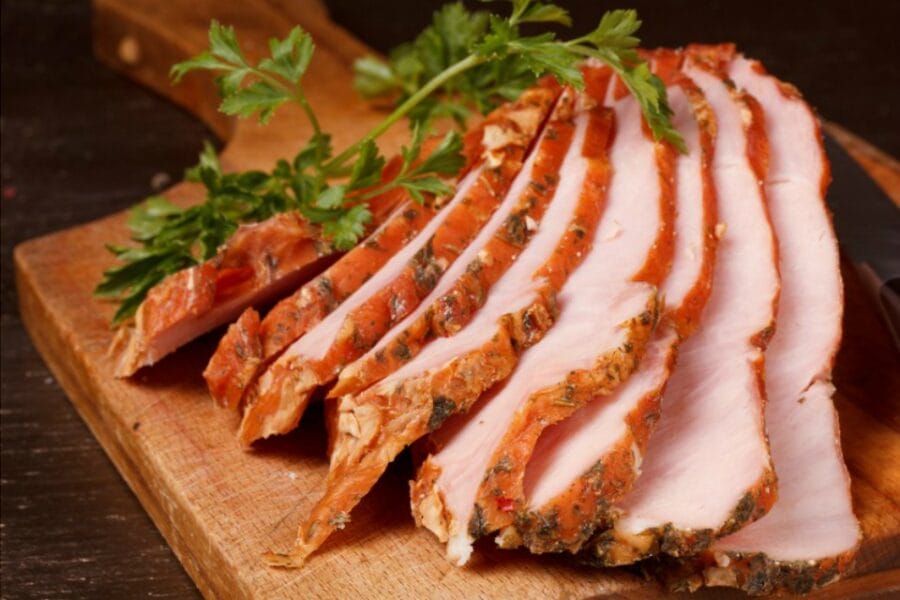
Additives
Some processed hams may contain additives, preservatives and flavour-enhancers we should limit.
Saturated fat
While ham is a good source of protein, certain cuts can be higher in saturated fat.
Any ham sold in canteens under the new rules (where ham is treated as an “amber” food until the canteen menu changes) must have less than 3g of saturated fat per 100g.
Diets high in saturated fat are linked to an increased risk of heart disease. However, not all research supports this claim.
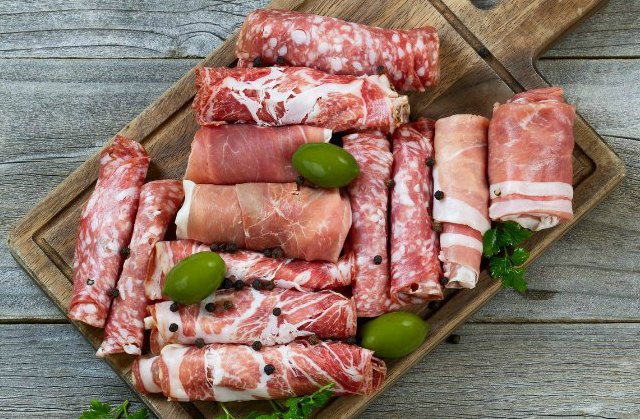
Processing methods
The methods to process and cure ham may involve smoking, which can produce compounds such as polycyclic aromatic hydrocarbons. In large quantities, these may cause health concerns, including increasing the risk of bowel cancer.
What are some ham alternatives?
Lean, minimally processed ham, prepared without excessive sodium or additives, can potentially be a part of a healthy overall diet.
When choosing ham, read the labels and select products with a lower sodium content, minimal additives and healthier preparation methods.

When looking for low-salt alternatives to ham, there are several options to consider:
- Turkey breast. Turkey is a lean meat and can be a good substitute for ham. Look for low-sodium or no-salt-added varieties.
- Chicken breast. Skinless, boneless chicken breast is a versatile and low-sodium option. Grilling, baking or roasting can add flavour without relying on salt.
- Smoked salmon. While salmon naturally contains some sodium, smoked salmon tends to be lower in sodium than cured ham. Choose varieties with little or no added salt.
- Roast beef. Choose lean cuts of roast beef and consider seasoning with herbs and spices instead of relying on salt for flavour.
What are some other lunchbox options?

Lara recently made 330 Healthy Mummy snacks ready for the kids lunch boxes and they all cost her just under $1 per serve.
Healthy sausage rolls $0.67
Easy zucchini savoury muffins $0.97
Pumpkin scones $0.27
Coconut, oat & date energy balls $0.61
Apple & cinnamon oat loaf $0.62
Banana, oat & choc chip cookies $0.22
Banana cake $0.44
You might also like to try our Homemade Chicken Nuggets for Kids. Mums also love our very popular healthy Chocolate Weetbix Slice.
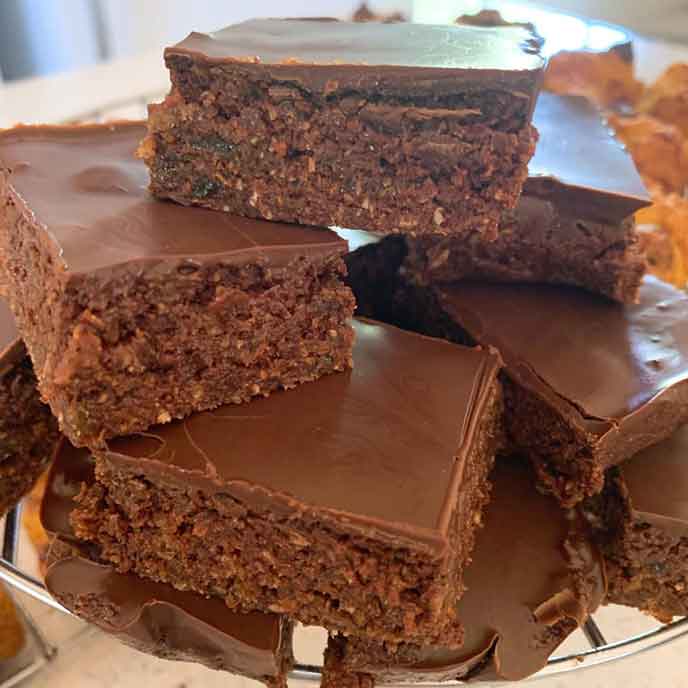
This article is republished from The Conversation under a Creative Commons license. Read the original article.
Skip the guilty shakes. This is a better way to Smoothie

